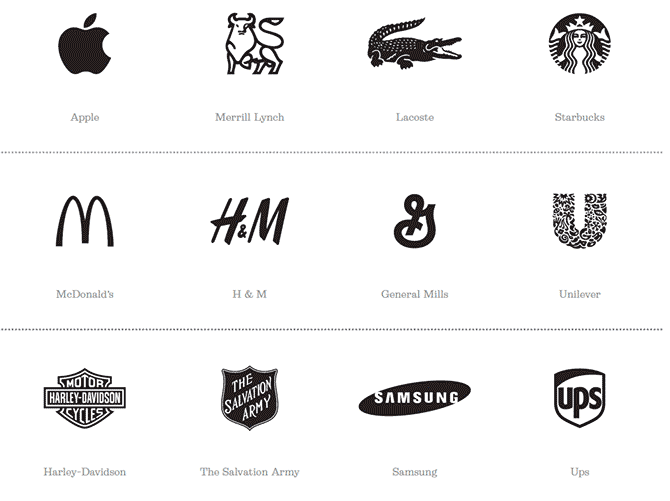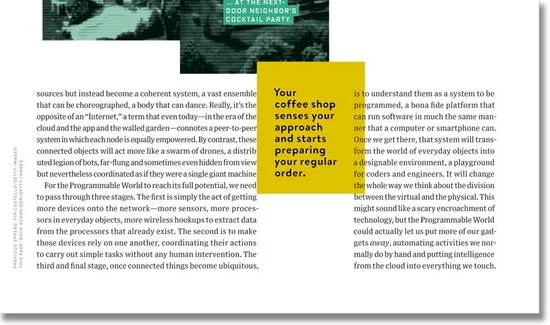Sometimes I’m scared shitless of saying ‘counter’ when I mean ‘bowl,’ and vice versa.* Why? I might get jumped on by the type community for not using the correct terminology. So imagine my anxiety when I start saying the word the word ‘orphan.’ Why? Because the two terms ‘orphans’ and ‘widows’ are interchanged from the time to time.
I had originally thought that ‘widows’ were those lonely words on the last line of a paragraph and that ‘orphans’ were the lonely lines of a paragraph at the start or end of a column. However, when book designer Shannon Losorelli-Doronio started teaching in the TypeEd program she learned it a different way and remembered them as “an orphan has no past; a widow has no future.”
Ellery Curran addressed the mix-up on the Opus Design site saying "you can call them whatever you want, maybe widphans or ordows? They are a problem and need to be fixed!"
So I Googled the terms to get a straight answer (SPOILER ALERT: there is none). And as I expected, there are four ways the internet defines these two terms. Names of things do not typically affect what they really are. No matter what their names really are, at least the agreement across the board is that both of these type crimes are still very painful to look at.
Orphan: single line at the bottom of a paragraph
Widow: single line at the top and bottom of a column
Magazine Designing says that“ a “Widow” is a line of text at the end of a paragraph separated from the rest of the text, meaning that this line is either in the next column or in the next page. It can also appear as an opening line of a paragraph at the bottom of the column or a page, thus separated from the rest of the paragraph. “Orphan” is a word or few words in its own row that end a paragraph, thus creating too much white space between paragraphs.”
James Felici says via Layers Magazine that ’according to my typographic tutelage (dating well back into the last century, before personal computers), a widow is a short last line of a paragraph. An orphan is a short fragment of a paragraph that appears at the top or the bottom of a column. A widow that appears at the top of a column can also be an orphan. Poor dear.‘
Orphan: single word at the bottom of a paragraph and bottom of a column
Widow: single line at the top of a column
Ryan Boudreaux on the TechRepublic site addresses orphans and widows in web design and says ‘widows leave too much white space between paragraphs or at the top of a page. This interrupts the reader's eye, disrupts the reading process, and can even deter comprehension. Orphans are single words that are left alone at the end of a paragraph. An orphan is a word, part of a word, or very short line that appears by itself at the end of a paragraph. An orphan can also be a paragraph-opening line that appears by itself at the bottom of a page/column. Orphans result in too much white space between paragraphs or at the bottom of a page.”
Adobe InDesign's help page mentions “you can eliminate orphans and widows, words or single lines of text that become separated from the other lines in a paragraph. Orphans fall at the bottom of a column or page, and widows fall at the top of a column or page.”
The Chicago Manual of Style states that an orphan is a "short line appearing at the bottom of a page, or a word or part of a word appearing on a line by itself at the end of a paragraph. Orphans can be avoided by changes in wording or spacing that either remove the line or lengthen it," and “a widow is a "short, paragraph-ending line appearing at the top of a page." Widows should be avoided when possible by changes in wording or spacing that either remove the line or lengthen it.
Orphan: single line at the top of a column
Widow: single line at the bottom of a column and single word at the bottom of a paragraph
The Book Designer mentions, “because there are so many paragraphs, there’s a kind of random distribution that happens in books. If you get to the bottom of a page and there’s only room for one more line, and that line is the first line of a paragraph, you will have an odd look at the bottom of that page. This is a widow. On other pages, just the last line of a paragraph may bump to a new page, leaving a stub of a line at the top. That’s an orphan.”
Cheeky Monkey Media states, “the widow, is a word or word fragment that sits at the end of a paragraph of type. This will cause a visual disruption to the colour of the page. The orphan is the worse of the villainous duo, whereas the widow sits at the bottom or end of a paragraph, the orphan sits at the top of a column or page. The orphan also breaks up the horizontal alignment across the top of the page which is very important. It should be noted that different sources will disagree with what a ‘widow’ and what an ‘orphan’ are, in fact, some sources reverse the meanings altogether. At the end of the day, regardless of what you call them, the transgressions should be identified and rectified.”
Orphan: single line at the top of a column and single word at the bottom of a paragraph
Widow: single line at the bottom of a column
Matthew Butterick mentions on his Practical Typography book site, ”Orphans appear at the beginning of a paragraph, so they’re at least a full line. But widows can be any length, even a single word, because they appear at the end of a paragraph.“
And finally, to stress the point that these terms are somewhat interchangeable, Dictionary.com has this entry for “orphan.” Ugh.
* There’s no debate for counter and bowl, I just get them mixed up sometimes.
What are your definitions of Orphans and Widows? How did you learn the terms? Let me know in the comments!

















